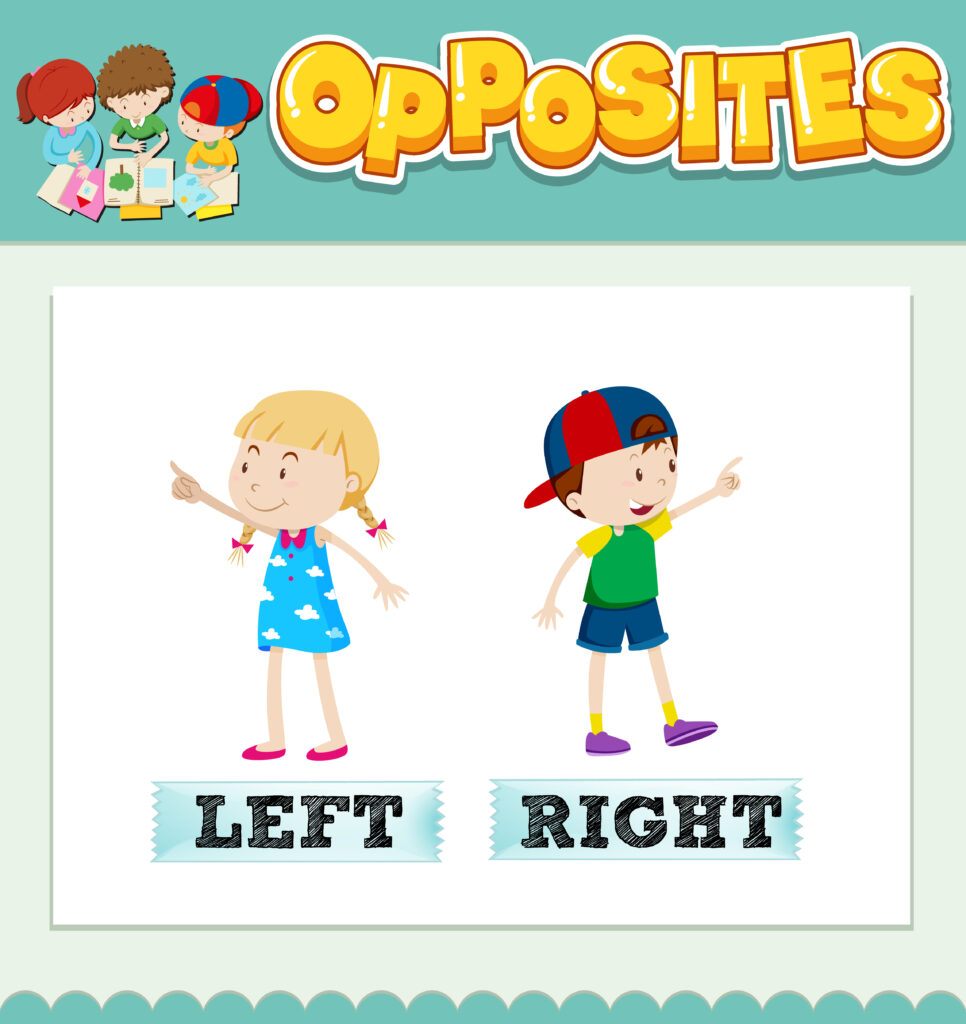Introduction: Big Learning Starts with Simple Word Pairs
Teaching opposites is one of the most effective and fun ways to build your child’s vocabulary. These word pairs help children compare, understand meaning, and communicate clearly. Whether your child is learning to read or just starting to speak in sentences, opposites play a key role in early language development.
At many CBSE schools in Whitefield, learning opposites is part of the classroom routine, reinforcing vocabulary through songs, storytelling, and playful activities. It’s a technique that works just as well at home, too.
Why Opposites Are Powerful for Early Learners
Learning opposites helps kids:
- Recognize word relationships
- Think critically and logically
- Improve sentence formation and vocabulary development
- Understand the world around them in a comparative way
Many preschools in Whitefield introduce antonyms for children as part of early literacy to build strong language foundations.
Here Are 50 Opposite Words for Kids to Learn
Here’s a parent-friendly list of 50 commonly used opposite word pairs your child can start using in daily conversations:
Big and Small
Hot and Cold
Happy and Sad
Tall and Short
Fast and Slow
Open and Closed
Hard and Soft
Up and Down
In and Out
Young and Old
Heavy and Light
Laugh and Cry
Early and Late
Day and Night
Full and Empty
Clean and Dirty
Long and Short
More and Less
Loud and Quiet
Bright and Dark
Front and Back
New and Old
Sharp and Blunt
Above and Below
Wet and Dry
Thick and Thin
Strong and Weak
Beautiful and Ugly
Buy and Sell
Win and Lose
Give and Take
Brave and Scared
Left and Right
Sweet and Sour
Begin and End
Stand and Sit
Push and Pull
Inside and Outside
Come and Go
Yes and No
Alive and Dead
Rich and Poor
Smooth and Rough
Awake and Asleep
Friend and Enemy
True and False
Light and Heavy
Fasten and Unfasten
Above and Under
These English word pairs for students are especially useful when your child is forming full sentences and expressing their thoughts independently.
Fun Activities to Learn Opposites at Home
Children learn best through play. Here are four easy and fun ways to help your child learn opposite words without making it feel like study time.
1. Opposite Hunt
Call out a word like “open” and ask your child to find something that represents “closed.” Use real-life objects at home to reinforce learning.
2. Picture Match Challenge
Use illustrations or simple drawings to represent opposites—for example, a sun and a moon. Mix and match and let your child pair the opposites.
3. Action Opposites Game
Make learning physical! Say “sit” and wait for your child to sit, then “stand.” Use other action pairs like “push–pull” or “in–out.”
4. Create an Opposite Word Story
Let your child pick five opposite pairs and ask them to create a silly or creative story using them. It helps improve vocabulary and imagination.
These types of learning games are also widely used at pre schools in Bangalore to make language engaging and memorable.
Conclusion
This list of 50 opposite words offers more than just definitions—it’s a foundation for clear communication and cognitive growth. By learning and using opposites, children become more observant, expressive, and confident in using language every day.
So take it one word pair at a time, make it fun, and watch your child’s vocabulary bloom. You’re not just teaching words—you’re building a lifelong love of language.
FAQs
Children can start learning basic opposites around age 3 through play and everyday conversation.
Yes, these simple antonyms for children are ideal for preschool and early primary years.
Use games, storytelling, and real-life examples to naturally introduce and reinforce opposite pairs.
Absolutely. They improve comprehension, context recognition, and overall word fluency.
Use fun activities like opposite charades, picture cards, or mini storytelling challenges to keep it playful and exciting.

